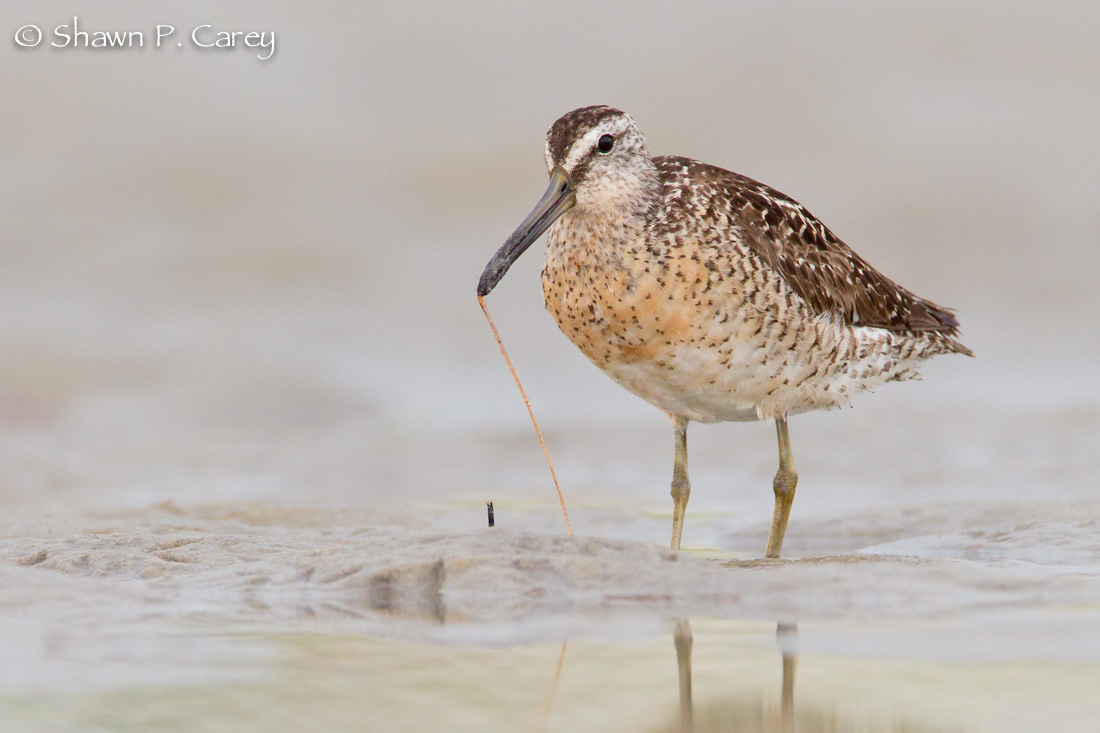Photographing shorebirds and terns can be a lot a fun for any wildlife photographer, and living in Massachusetts (as I do) provides many opportunities at various locations. As spring arrives many shorebird species are moving from points south and heading north to their breeding grounds, some even nesting here in New England. Most notably, the Piping Plover as well as Willet and Spotted Sandpiper. On some beaches like Plymouth Long Beach, Piping Plovers, Willet, Common Terns and Least Terns can be found nesting there from late spring through mid-summer, while Spotted Sandpipers are usually found on inland fresh water lakes and ponds, with a few nesting right in the Blue Hills Reservation just south of Boston.
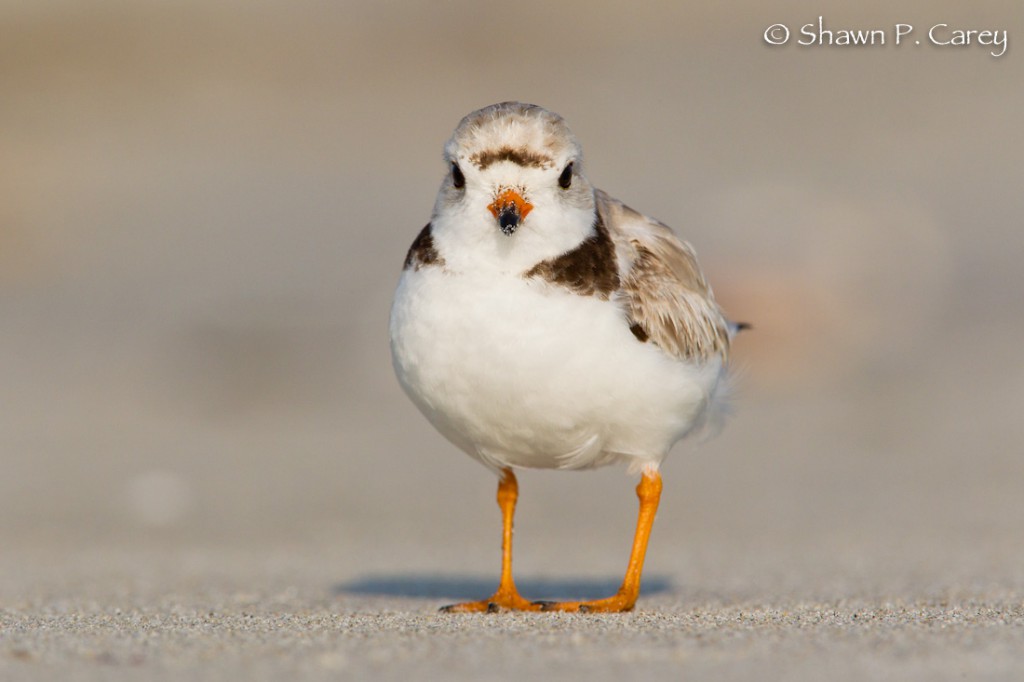
Durning the late spring and early summer, nesting terns can be found in many locations in Massachusetts. From the tip of Plum Island, to Sandy Point State Reservation, on the beaches of Cape Cod, and South Beach in Chatham, all locations share a common trait: they are wonderful for photography.
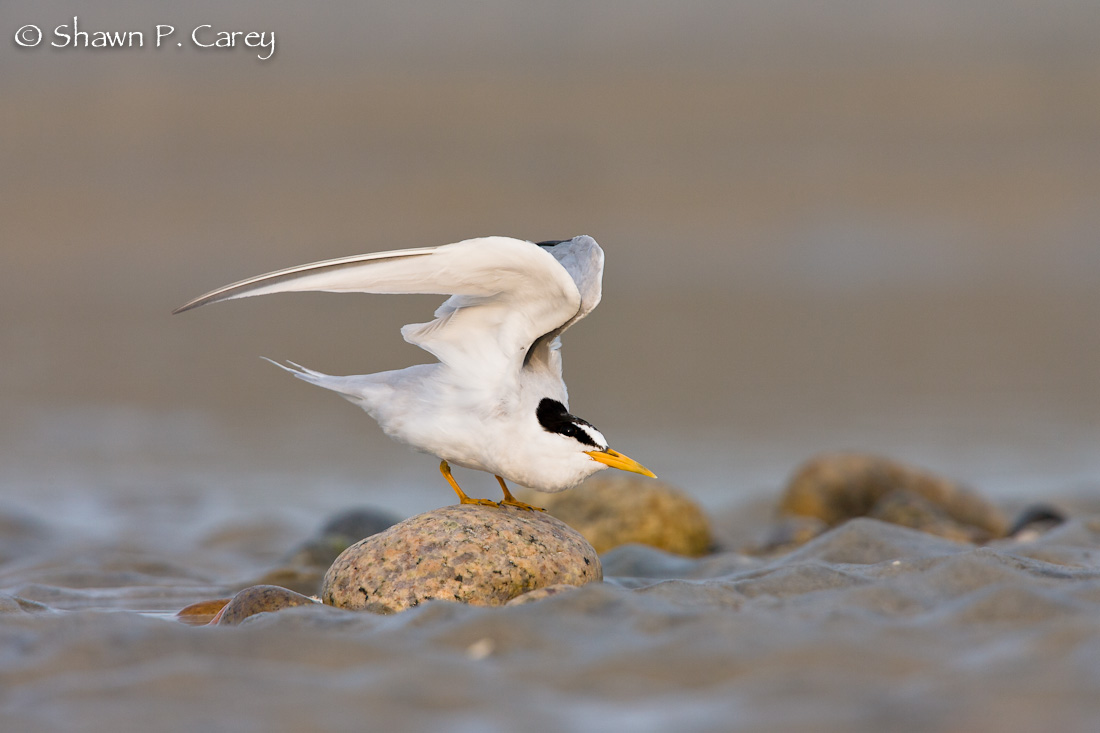
If you really want to capture a stunning photo of a shorebird, tern or skimmer that is on the ground (not in flight) you really want to be as low as possible to get the “birds eye view”. That means crawling around and getting dirty, wet and sand all over you. There just no getting away from it.
So the question for many photographers is how to get that low angle? Depending on the species you may need to slide along on your belly to get close enough to get that great photo you are after. If not, you can almost forget about capturing that image, because your human profile is simply too large and will scare the bird off. That said, this process does get you dirty, and depending where you are, very wet. You may even be sliding along in lots of bird droppings. Yuck! But if you want that “killer shot” that’s what it takes, so get down and get dirty.
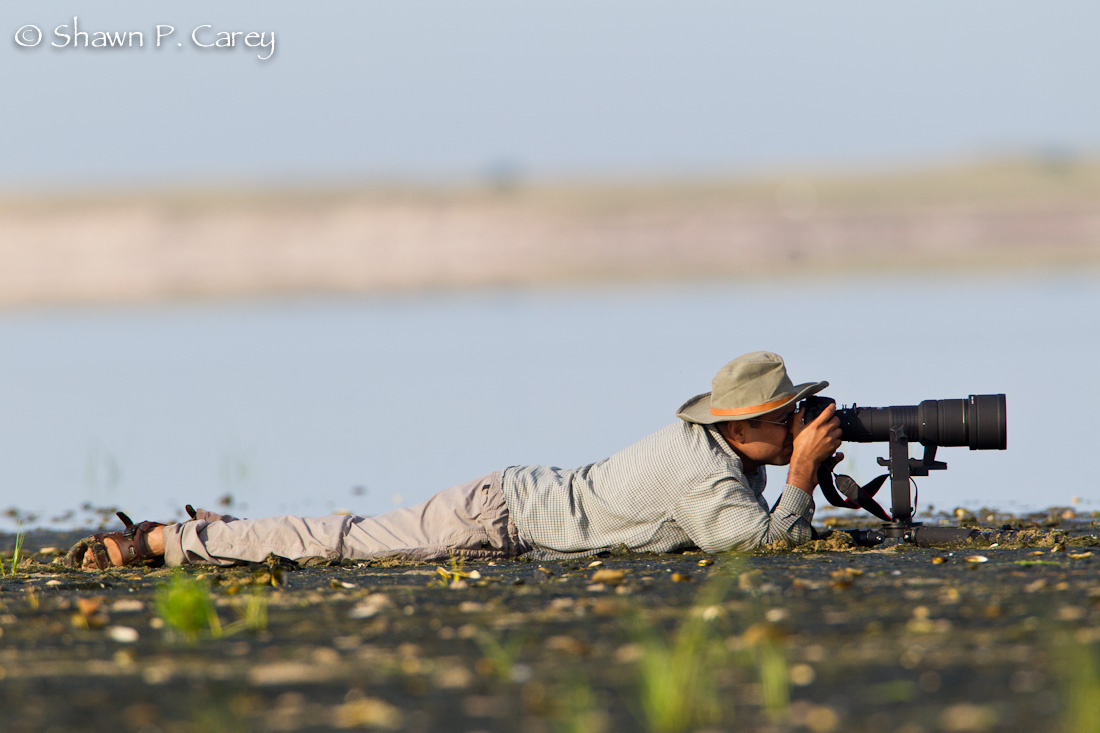
However, as I get a little older I find myself not wanting to do “the belly crawl” for some of my shorebird and tern photos which can be uncomfortable and the following day you can be very sore. So I have turned to using a right angle view finder. I shoot Canon so it’s the Canon Angle Finder C that has the ability to rotates. It allows you to have a low angle but not have to lie flat on the ground. Now to be clear using a right angle view finder does take some getting use to. Many of my photographer friends have tried the viewfinder but simply do not like. I on the other hand, have learned to use it and have been using one for many years now. You need to practice shooting with the viewfinder, otherwise when you are in the field with a subject to photograph, you may get frustrated and not want to use it at all, or be able to use it effectively. I would recommend you stick with it, and once you get the hang of how to find and track your subject with the angle finder, it will be your best friend!
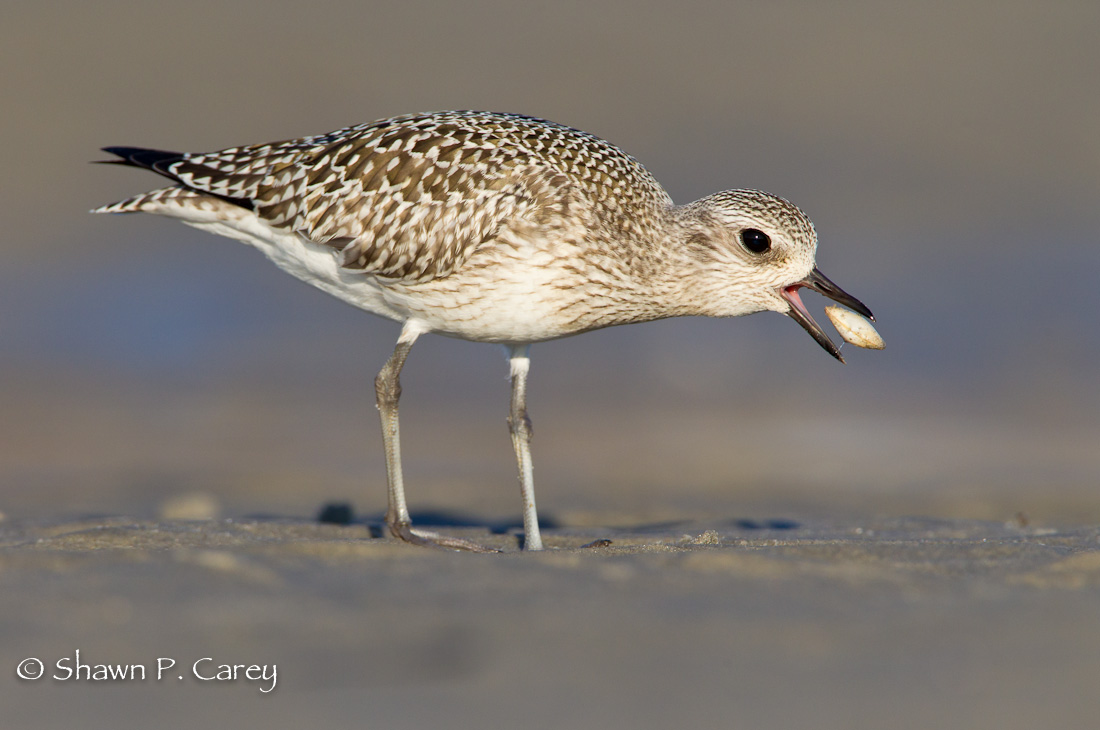
As you can see from the photos I posted on this blog you can get that low angle you want for birds on the ground using a right angle view finder . You will also notice on the photo below I have a Rode Stereo Video on-camera microphone with wind screen. Over the last four years I have been recording more video each year to the point now that on some photo trips I find myself shooting more video then photos. Click on the photo of the Common Tern, Piping Plover or Skimmer to see some video, all recored with the Canon Mark IV and Canon Angle Finder C. So get out there, get low, get dirty and have fun using a right angle view finder to help you capture some great photos.
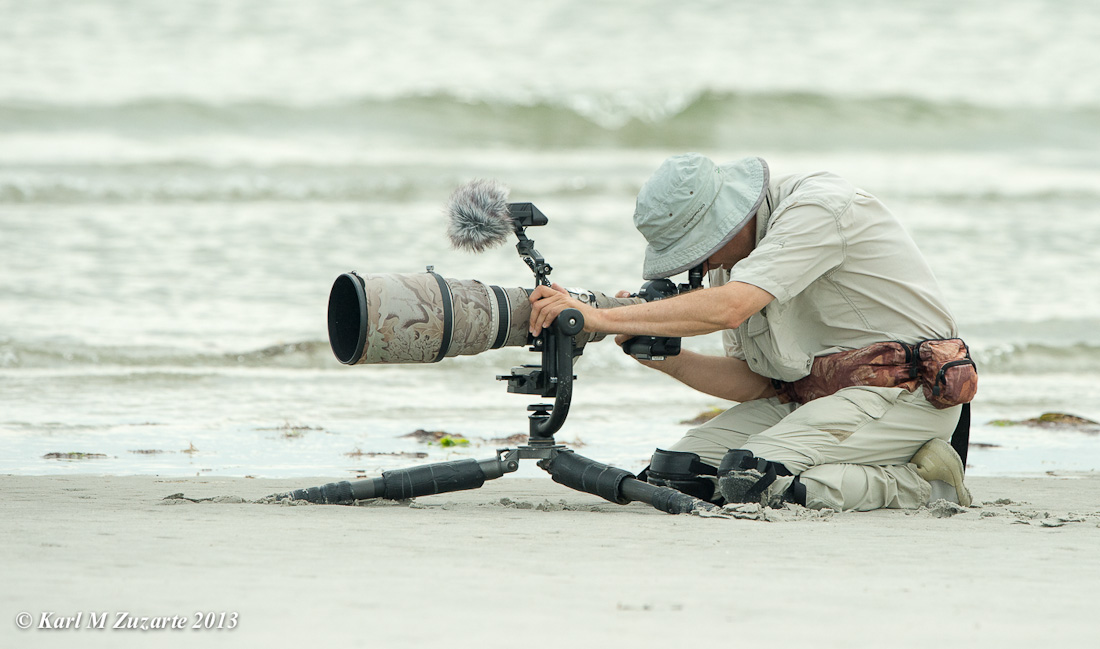
Remember to help protect wildlife and wild places, take care and good “shooting”!
Shawn Carey
Migration Productions
www.MigrationProductions.com
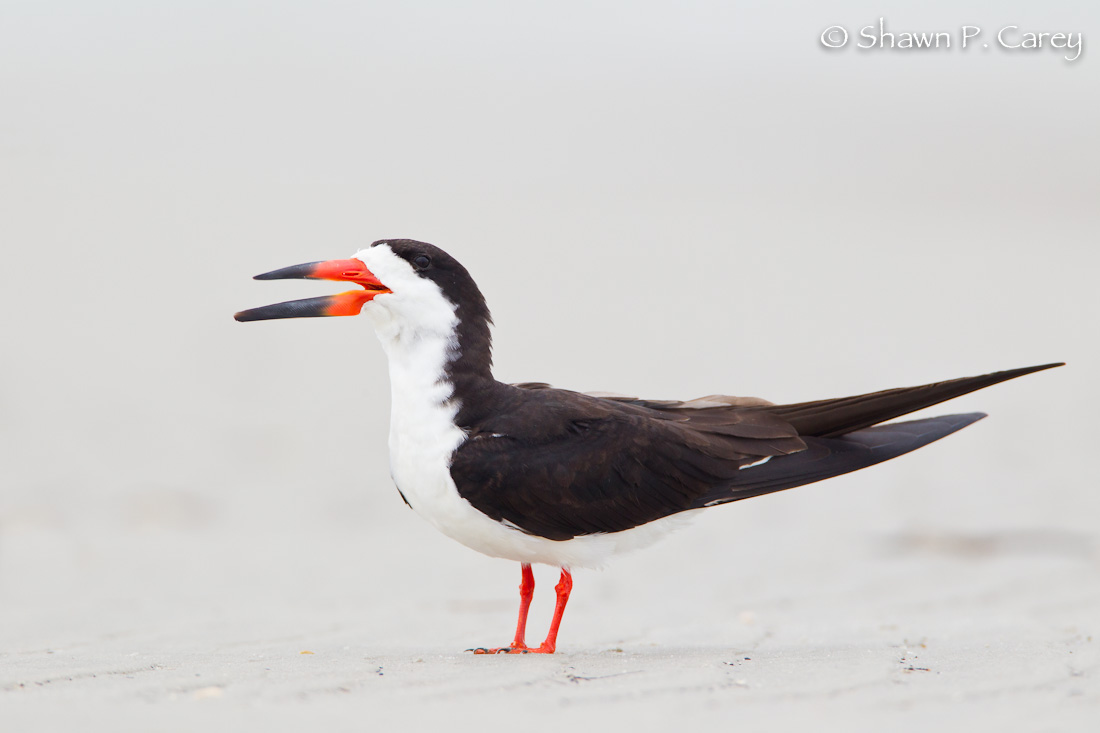
Shawn Carey has been photographing wildlife for over twenty years and teaching photo workshops for Massachusetts Audubon Society for the past 14 years. He is co-founder of Migration Productions with Jim Grady, which produce natural history multi-media presentations and videos. He is past President and current Vice President of Eastern Mass Hawk Watch, on the Advisory Council for Massachusetts Audubon, Advisory Board For Mass Audubon Museum of American Bird Art, current member and past Council member for the Nuttall Ornithological Club, current member and past Board of Directors member for the Brookline Bird Club and on the Advisory Board for the Golden Rod Foundation.
